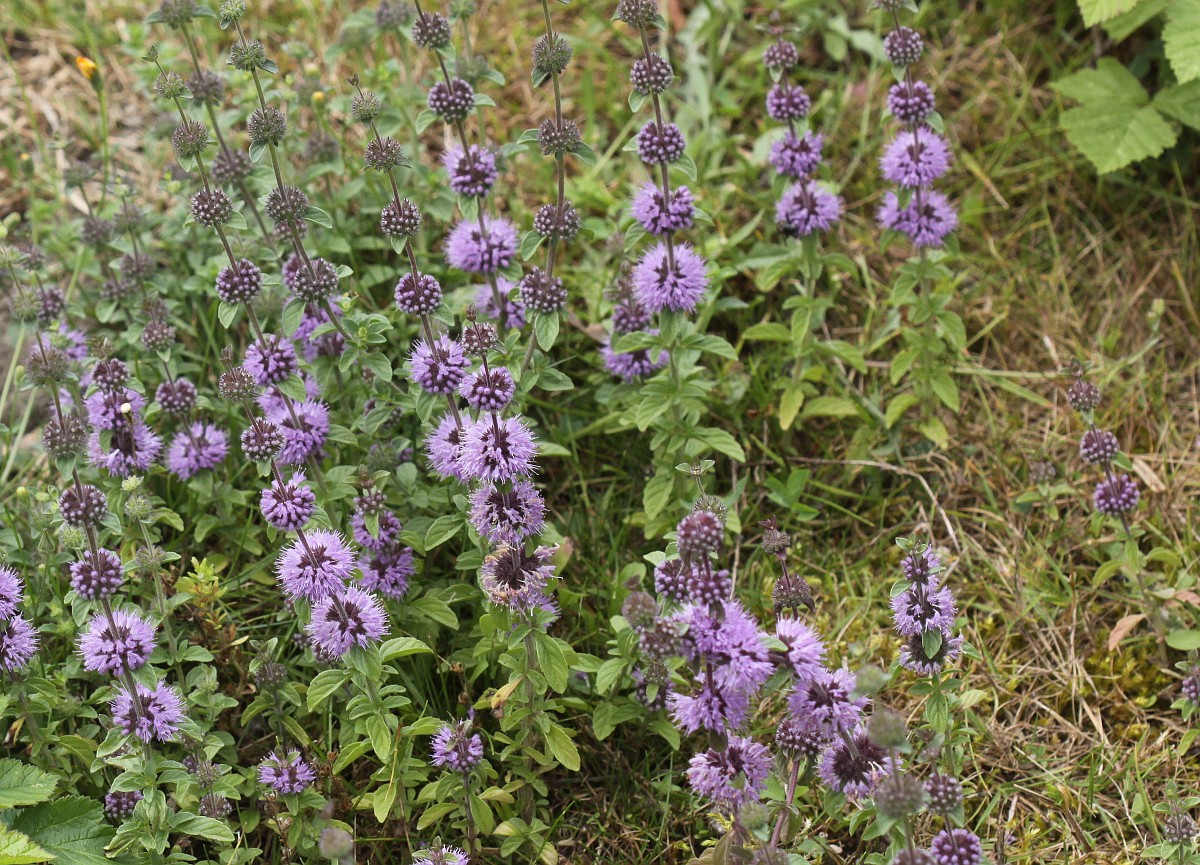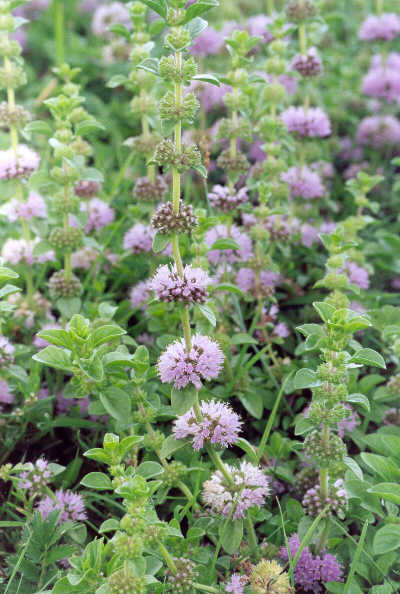Acute amenorrhea- use with
False Unicorn Root,
Yarrow and
Bitter
Ash.
Flatulent dyspepsia- use with
Meadowsweet,
Marshmallow root and
Lemon
Balm.
Common cold- use with
Elder flower and
Yarrow.
[1] British Herbal Pharmacopoeia 1983 Published by the British Herbal Medicine
Association ISBN 0 903032 07 4.
[2] Herbal Materia Medica Course Notes For Diploma of Naturopathy and Diploma
of Herbalism Students by Lydia Mottram.
[3] Potter's New Cyclopaedia of Botanical Drugs and Preparations R.C.
Wren Revised by Elizabeth M. Williamson and Fred J Evans. First published in
Great Britain in 1988 and reprinted in 1989 and 1994 by the C. W. Daniel Company
Limited. 1 Church Path, Saffron Walden Essex. Published 1988 Printed and bound
by Biddles, Guildford ISBN 085207 1973.
Images
1.
amazon.com
2.
freenatureimages.eu
by Polei, Saxifraga-Peter Meininger
 Mentha
pulegium. European pennyroyal,
Pudding Grass Family
Labiatae
Mentha
pulegium. European pennyroyal,
Pudding Grass Family
Labiatae
